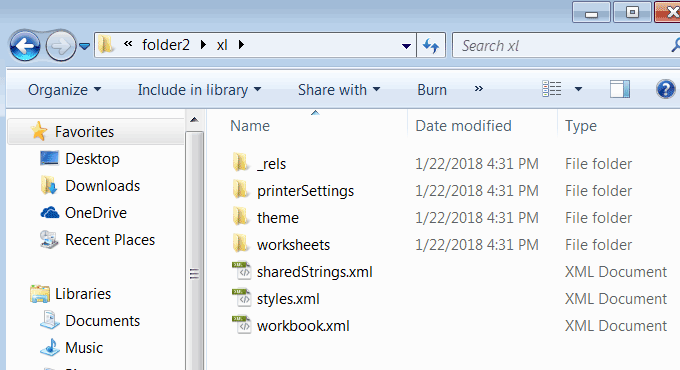3 Ways to Unprotect an Excel Sheet Quickly

In this blog post, we are going to explore three effective ways to unprotect an Excel sheet quickly, ensuring you can easily access your data even if you've forgotten the password or if a sheet was shared with protection.
Understanding Excel Sheet Protection

Before we dive into methods to unlock or unprotect an Excel sheet, let’s briefly understand why sheets might be protected and what it means:
- Why protect sheets? Sheets are often protected to prevent accidental changes or to secure sensitive data.
- What does protection entail? Protection can include locked cells, hidden formulas, and restrictions on modifications or formatting.
Method 1: VBA Macro to Unprotect Sheet

One of the quickest ways to unprotect an Excel sheet is by using a VBA macro:
Sub UnprotectSheet()
Dim i As Integer, j As Integer, k As Integer
Dim l As Integer, m As Integer, n As Integer
Dim strPassword As String
On Error Resume Next
For i = 65 To 66: For j = 65 To 66: For k = 65 To 66
For l = 32 To 126: For m = 32 To 126: For n = 32 To 126
strPassword = Chr(i) & Chr(j) & Chr(k) & Chr(l) & Chr(m) & Chr(n)
ActiveSheet.Unprotect Password:=strPassword
If Err.Number = 0 Then
MsgBox "Password: " & strPassword
Exit Sub
End If
Next: Next: Next
Next: Next: Next
End Sub
Here's how to use this macro:
- Open Excel and press Alt + F11 to open the VBA editor.
- Insert a new module (Insert > Module).
- Copy and paste the above code into the new module.
- Close the VBA editor, return to Excel, and run the macro by going to Developer > Macros, selecting 'UnprotectSheet', and clicking 'Run'.
💡 Note: Be cautious with macros; only run them from trusted sources to avoid potential security risks.
Method 2: Online Unprotect Tools

There are various online tools that can help you to unprotect an Excel sheet. Here’s how to use them:
- Visit a reputable online Excel sheet unprotector tool.
- Upload the protected Excel file to the tool’s website.
- Wait for the tool to process the file.
- Download the unprotected version of the sheet.
⚠️ Note: Ensure you use secure and reputable online services to prevent data breaches or loss of information.
Method 3: Using Excel’s Built-in Features

Excel itself offers some features that might help you bypass sheet protection:
- Try to guess the password: If you know the password partially or have a good idea of what it might be, you can try manually entering it.
- Use the ‘Unprotect Sheet’ feature: Sometimes, if the file has no password or has been incorrectly protected, you might find that you can unprotect it simply by navigating to Review > Unprotect Sheet.
Key Considerations

When you’re unprotecting an Excel sheet, consider the following:
- Ethical Use: Make sure you have the right to unprotect the sheet. Unauthorized unprotection could be against company policies or even illegal.
- Potential Data Loss: Macros and some online tools might not preserve all formatting or VBA code.
- Password Complexity: Stronger passwords are harder to crack through brute-force methods.
To sum up, unprotecting an Excel sheet can be achieved through VBA macros, online tools, or sometimes using Excel's own features. Each method has its advantages and considerations. If you often work with protected Excel files, understanding these methods can save you time and enhance your productivity. Remember to always handle sensitive information responsibly.
Is it legal to unprotect an Excel sheet?

+
Legality depends on the context. If you have permission or the right to access the data, it’s generally considered ethical and legal. However, unauthorized access to protected information could infringe on privacy laws or violate company policies.
Can unprotecting a sheet damage the file?

+
Generally, no, but there are risks. Using macros or online tools might strip formatting or VBA code from the Excel file, especially if the method used for unprotection is not designed to preserve all aspects of the document.
What should I do if I’ve forgotten the password?

+
Use one of the methods outlined in this post. If you’re unable to unprotect the sheet or if it’s highly secure, consider contacting the file creator or using data recovery tools if you truly need access to the data within.



